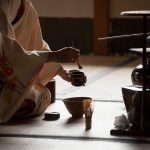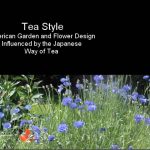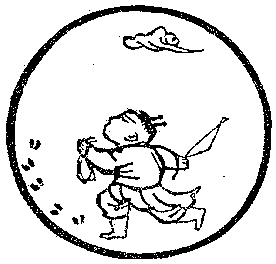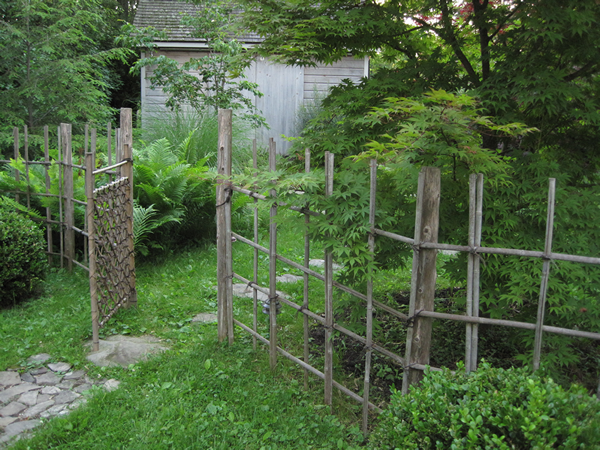
It was always my dream to have a place to make tea for friends. It needed to be an empty room at least nine feet square. Our house didn’t have space, but we did have a tiny patch of land in the back yard.
In Japan in the 16th and 17th century, Tea was a dynamic part of the culture. Urban retreats were in vogue where poetry and tea gatherings took place in thatched huts built in the back gardens of city homes.
In this setting merchants and warlords avidly cultivated one another. Tea gatherings framed discussions of war and trade, but they also were occasions for the appreciation of art, architecture, interior design, food preparation, and gardening.
With this spirit of the modest thatched retreat I designed a tea house in the back of my property. I hoped to build a refuge or a place that had the feel of what Rikyu, the great Tea master of the 16th century called, “A place of tranquility”.
– excerpt A Tea Garden in Tivoli

This bench is designed by the English architect Edwin Lutyens who was a colleague of the famous garden designer Gertrude Jekyll. They created the English County Garden style in the late 1800″s. The bench fits well with my farm house from the same era and shows that one can have elements in a tea garden that are not strictly Japanese.
There are two important structures or elements that define a
Tea garden. One is the waiting bench, the other is the arrangement of stones around a water basin, called a Tsukubai.
The guests follow a path to the bench. The host will come out of the tea house, and greet them by pouring fresh water into the basin. He then bows to the guests at the gate and returns to the tea room. The guests, one by one, will go to the water basin, rinse their hands and mouth and proceed into the tea room.
In Japan, the waiting bench is usually a covered structure but here in Tivoli I have chosen a bench that reflects the architecture of my house and gives the garden a natural feel rather than a strictly Japanese design.
Tea as an art form follows rules, but is also flexible and creative. I can design the elements of the garden such as the bench, water basin, fences, gates and paths to my own taste yet follow the fundamental principles.
The most important aspect of any tea garden is to create an experience of contemplation and harmony.
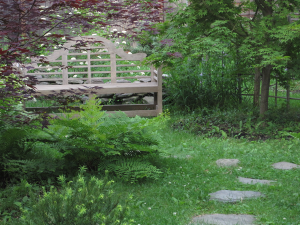
excerpt from A Tea Garden in Tivoli






